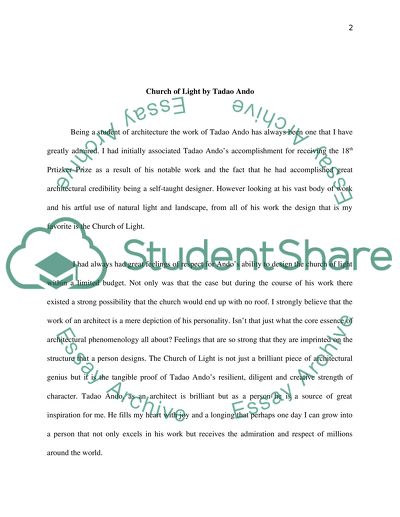Cite this document
(“Phenomenology light in religious building Essay”, n.d.)
Retrieved from https://studentshare.org/environmental-studies/1408726-phenomenology-light-in-religious-building
Retrieved from https://studentshare.org/environmental-studies/1408726-phenomenology-light-in-religious-building
(Phenomenology Light in Religious Building Essay)
https://studentshare.org/environmental-studies/1408726-phenomenology-light-in-religious-building.
https://studentshare.org/environmental-studies/1408726-phenomenology-light-in-religious-building.
“Phenomenology Light in Religious Building Essay”, n.d. https://studentshare.org/environmental-studies/1408726-phenomenology-light-in-religious-building.


